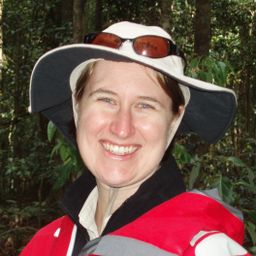Detecting SEP events of varying magnitude by their 14C concentration in Southern Hemisphere and Equatorial tree rings
My Session Status
Solar Energetic Particle (SEP) events cause an increase in atmospheric radiocarbon (14C) concentration.14C spikes in 774-775 and 993-994 CE have been measured in numerous tree-ring chronologies worldwide. Two other 14C excursions, in 1052 and 1279 CE, have been reported from Northern Hemisphere tree-ring chronologies. A critical factor for SEP event detection is the resolution of the tree-ring samples. Annually resolved records required to detect these short-term excursions can be costly, time consuming, and may require large sample quantities The UNSW MICADAS AMS system allows for high throughput of samples with only 10 mg of wood needed providing an ideal opportunity to search for SEP events.
We have identified all four of the larger known SEP events using Manoao colensoi tree-ring samples from Oroko Swamp, New Zealand. Sub-annual slices were taken from two years prior, to two years after, each of the SEP events. These sub-annual results help to refine the seasonality of these events. We next attempted to identify the smaller Carrington Event (1-2 September 1859 CE). Preliminary results from Swedish oak were thought to show a noticeable 14C increase but no other occurrences have been reported. We sub-annually sampled the Oroko Swamp M. colensoi rings as well as those from Athrotaxis seleganoides (Tasmania, Australia), Callitris intratropica (Northern Territory, Australia), Pinus merkusii (Thailand), Pseudotsuga menziesii (Vietnam), and Cedrela odorata (Brazil) for 1857-1861. Our results failed to detect this small SEP event from across this wide range of locations and species. We conclude that either the magnitude of the event was too small to be detected or that the timing was outside of the seasonal growth period.

Discussion